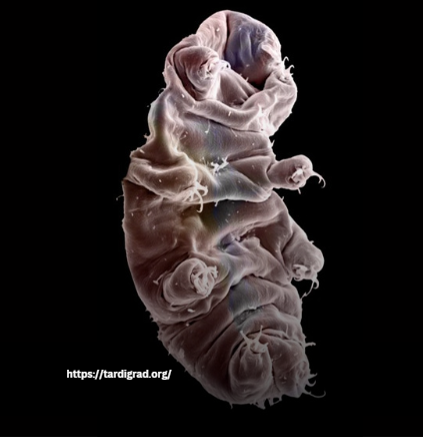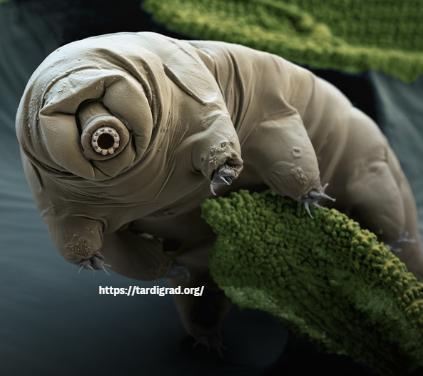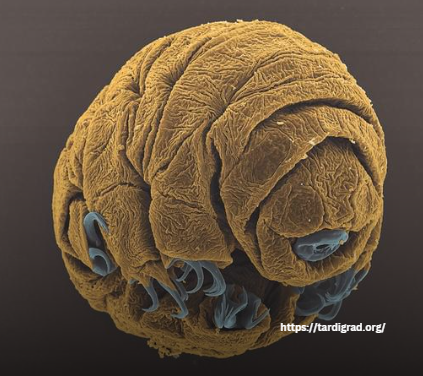Taxonomy
The classification and naming of different tardigrade species based on their morphological and genetic characteristics.
Introduction
Tardigrades, also known as water bears or moss piglets, are remarkable microscopic creatures that have fascinated scientists for centuries . These resilient organisms can survive extreme conditions, including desiccation, high radiation levels, and extreme temperatures. One crucial aspect of understanding tardigrades is taxonomy, the science of classification and naming of different species based on their morphological & genetic characteristics. In this article, we will delve into the world of tardigrade taxonomy, exploring the various methods used to categorize these unique creatures.
What is Taxonomy?
Taxonomy is a branch of biology that involves the classification, identification, and naming of organisms based on their shared characteristics. It provides a hierarchical structure for organizing & categorizing species, allowing scientists to better understand the relationships between different organisms .
The Importance of Taxonomy for Tardigrades
Taxonomy plays a vital role in our understanding of tardigrades. By studying their taxonomy, scientists can gain insights into the evolutionary history and relationships between different tardigrade species.This information helps researchers make predictions about the biology, ecology, & behavior of tardigrades.


Methods of Tardigrade Taxonomy
Taxonomists employ various methods and criteria to classify tardigrades accurately. The classification process involves identifying morphological features, examining genetic information, and conducting comprehensive analyses.
Morphological Characteristics
Morphological characteristics refer to the physical traits & structures of an organism. Taxonomists carefully examine the external & internal features of tardigrades to identify unique traits that distinguish one species from another.
External Morphology
The external morphology of tardigrades provides valuable information for taxonomic classification. Key features such as body shape, length, ornamentation, and the presence of specific structures like claws, stylets, or tubercles are carefully observed and documented.
Internal Anatomy
Detailed examination of the internal anatomy, including the digestive system, reproductive organs, and musculature, helps taxonomists discern subtle differences between tardigrade species. High-resolution imaging techniques, such as electron microscopy, play a crucial role in this analysis.

Genetic Analysis
Genetic analysis has revolutionized the field of taxonomy, enabling scientist to gain a deeper understanding of the relationships between organisms. By sequencing and comparing specific regions of the tardigrade genome, taxonomists can determine the genetic differences and similarities between different species.
DNA Barcoding
DNA barcoding involves sequencing a specific gene region, such as the mitochondrial cytochrome c oxidase subunit I (COI) gene, to identify & differentiate tardigrade species. This method provides a quick & efficient way to compare genetic data and classify organisms accurately.
Phylogenetic Analysis
Phylogenetic analysis uses genetic information to construct evolutionary trees that depict the relationships between different species. By comparing genetic sequences from various tardigrade species, taxonomists can determine their evolutionary history and relatedness.
Integrated Taxonomy
Integrated taxonomy is an approach that combines both morphological & genetic data to achieve a more comprehensive understanding of tardigrade taxonomy. By considering multiple lines of evidence, taxonomists can overcome limitations and obtain a more accurate classification.

Frequently Asked Questions.
The classification and naming of different tardigrade species based on their morphological & genetic characteristics. is essential for understanding tardigrades’ evolutionary relationships, biology, and ecological roles.
To date, scientists have identified and described over 1,300 tardigrade species. However, many more species are believed to exist, waiting to be discovered and classified.
Yes, tardigrades are categorized into various taxonomic groups, including orders, families, genera, and species. This hierarchical classification helps organize their diversity.
Yes, the tardigrade research community has established databases like the Tardigrada Register & Tardigrade Species Database,which provide comprehensive information about tardigrade taxonomy & classification.
Tardigrade taxonomy provides a foundation for other scientific disciplines such as ecology, evolutionary biology, and astrobiology,allowing researchers to investigate the adaptability and resilience of these unique creatures.
Yes, scientists continue to explore various habitats worldwide in search of new tardigrade species. These discoveries contribute to expanding our knowledge of tardigrade taxonomy & biodiversity.
Conclusion
Tardigrade taxonomy is a fascinating field that sheds light on the diversity and evolution of these extraordinary microscopic creatures. By combining morphological & genetic analyses, taxonomists strive to accurately classify and name tardigrade species. This knowledge not only enhances our understanding of tardigrades but also contributes to broader scientific endeavors. As research and exploration continue, we can look forward to uncovering more secrets hidden within the fascinating world of tardigrades.
